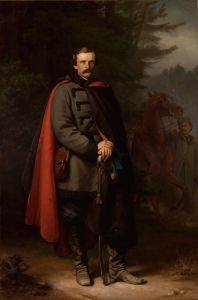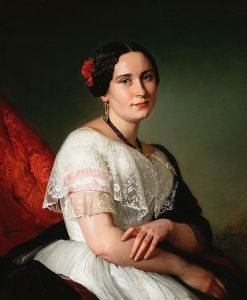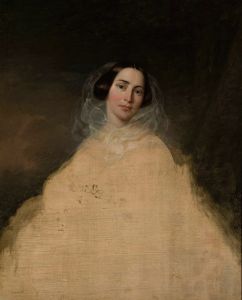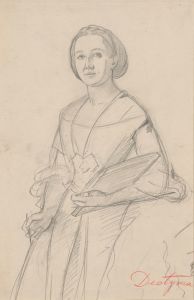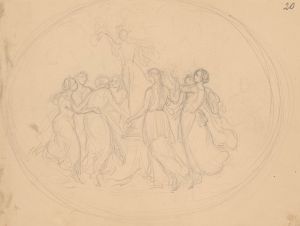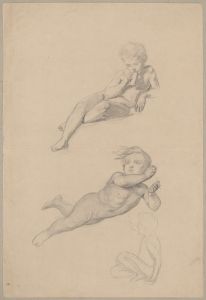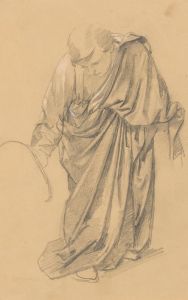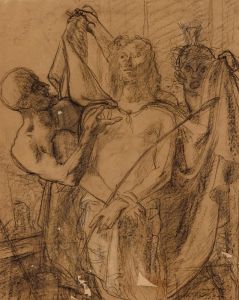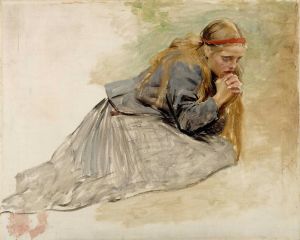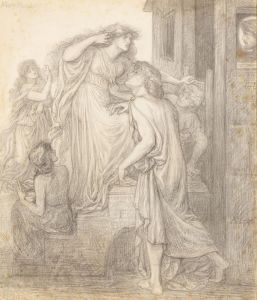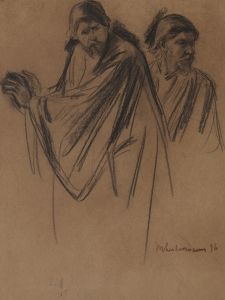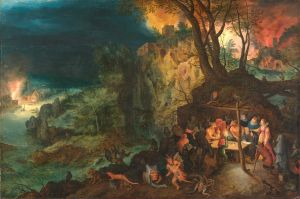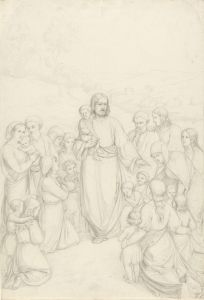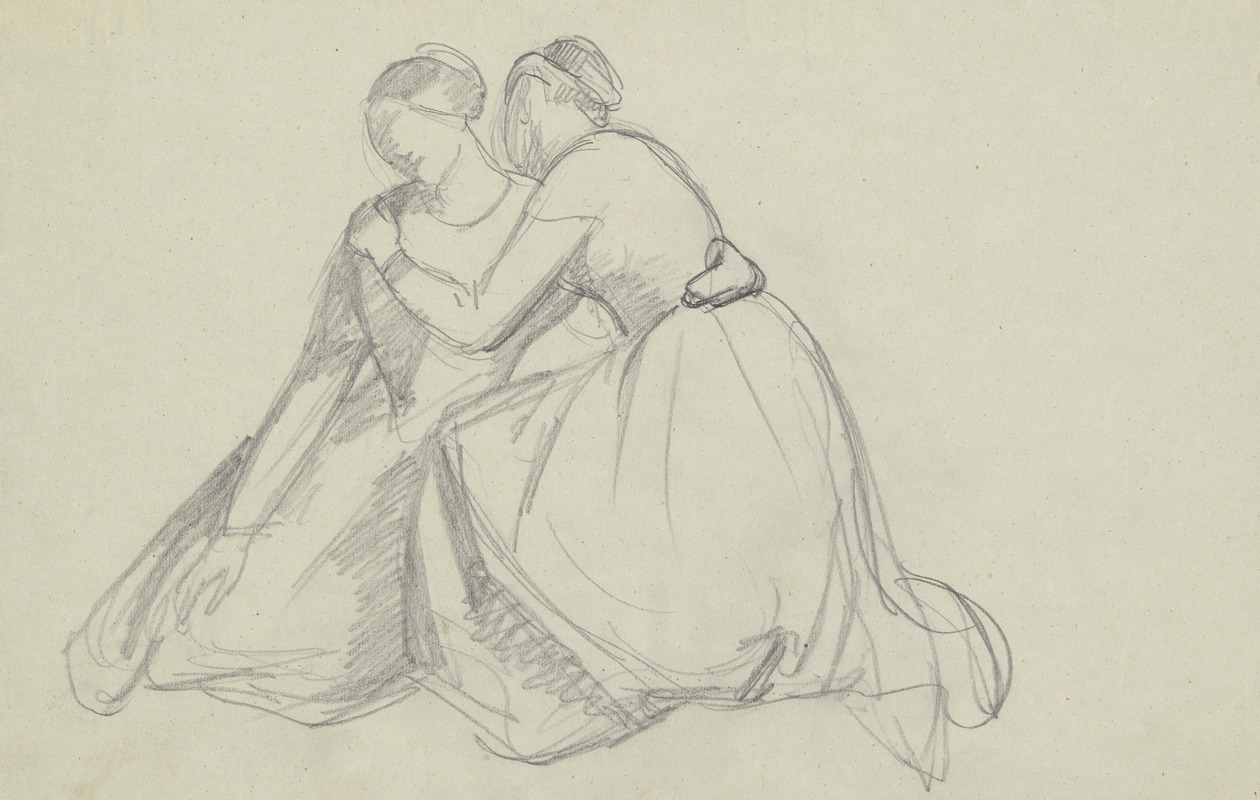
Sketch of the group of the Virgin Mary and Mary Magdalene to the painting ‘Entombment’
A hand-painted replica of Józef Simmler’s masterpiece Sketch of the group of the Virgin Mary and Mary Magdalene to the painting ‘Entombment’, meticulously crafted by professional artists to capture the true essence of the original. Each piece is created with museum-quality canvas and rare mineral pigments, carefully painted by experienced artists with delicate brushstrokes and rich, layered colors to perfectly recreate the texture of the original artwork. Unlike machine-printed reproductions, this hand-painted version brings the painting to life, infused with the artist’s emotions and skill in every stroke. Whether for personal collection or home decoration, it instantly elevates the artistic atmosphere of any space.
Józef Simmler, a notable Polish painter of the 19th century, is renowned for his historical and religious paintings. One of his significant works is the painting "Entombment," which depicts the somber and poignant moment of Christ's burial. A preparatory piece for this painting is the "Sketch of the group of the Virgin Mary and Mary Magdalene," which provides insight into Simmler's artistic process and his approach to capturing the emotional depth of biblical scenes.
Simmler was born in 1823 in Warsaw, Poland, and he studied art in various European cities, including Dresden, Munich, and Paris. His education exposed him to different artistic styles and techniques, which he skillfully incorporated into his own work. Simmler became known for his meticulous attention to detail and his ability to convey deep emotion through his compositions.
The "Sketch of the group of the Virgin Mary and Mary Magdalene" serves as a preparatory study for the larger work, "Entombment." In this sketch, Simmler focuses on the figures of the Virgin Mary and Mary Magdalene, two central characters in the narrative of Christ's burial. The Virgin Mary is often depicted in art as a figure of sorrow and compassion, mourning the death of her son. Mary Magdalene, a devoted follower of Christ, is frequently portrayed as a symbol of repentance and devotion.
In the sketch, Simmler captures the emotional intensity of the scene through the expressions and body language of the figures. The Virgin Mary is shown with a downcast gaze, her face reflecting profound grief and resignation. Mary Magdalene, on the other hand, is depicted with a more dynamic posture, perhaps indicating her emotional turmoil and deep sense of loss. The interaction between these two figures highlights the shared sorrow and the human aspect of the biblical narrative.
Simmler's use of light and shadow in the sketch adds to the overall mood of the piece. By employing chiaroscuro, a technique that contrasts light and dark, he creates a sense of depth and volume, bringing the figures to life. This technique also serves to emphasize the emotional weight of the scene, drawing the viewer's attention to the expressions and gestures of the characters.
The sketch is an example of Simmler's skill in composition and his ability to convey complex emotions through his art. It reflects his dedication to capturing the essence of the biblical story while also showcasing his technical proficiency. The preparatory nature of the sketch allows viewers to appreciate the thought and planning that went into the final painting, "Entombment."
Józef Simmler's work, including this sketch, is an important part of Polish art history. His paintings are celebrated for their emotional depth, technical skill, and historical significance. Through works like the "Sketch of the group of the Virgin Mary and Mary Magdalene," Simmler continues to be remembered as a master of religious and historical painting, whose contributions have left a lasting impact on the art world.





